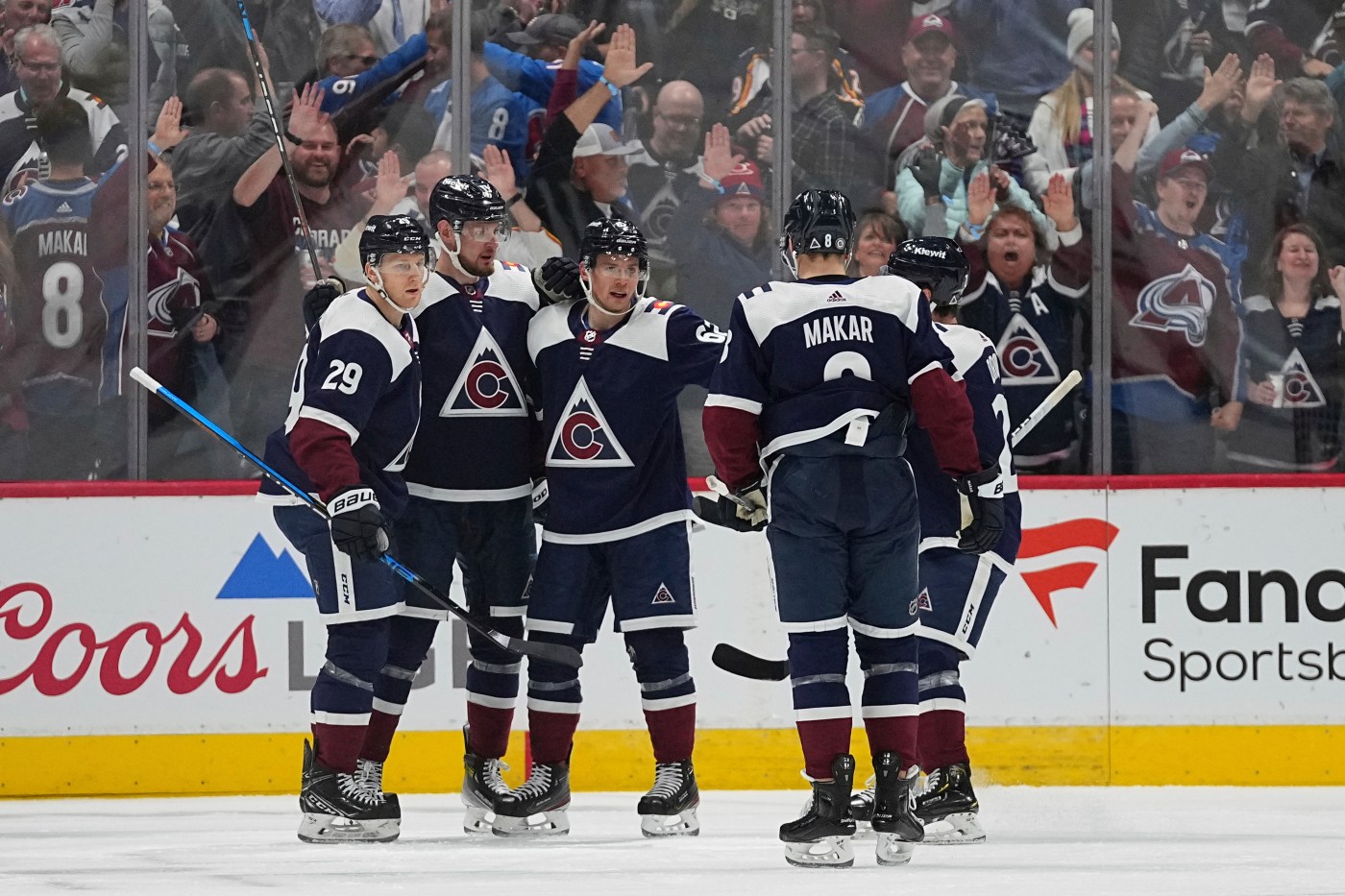
Wild get to work on fixing beleaguered penalty kill
There were plenty of reasons the Wild didn’t make the playoffs last season, an anomaly for a team that had been there in 10 of the previous 11 seasons. Injuries played a role, and underwhelming performances by a few veteran forwards, too. And don’t forget a 5-10-2 start that left them chasing from the get-go.
All important issues, to be sure. But for real clarity, the statistic that sticks out is the Wild’s season-long struggle on the penalty kill, 67 goals against shorthanded — second-worst in the NHL — for a 74.5 percent rate, third-worst among all 32 teams.
For context, the Wild ranked 13th in 5-on-5 goals against, 163. Nearly 26 percent of all the goals Minnesota gave up last season came short-handed.
“It’s a hard league to score goals in, so if you let in some easier, or not good, ones it’s gonna hurt you.” special-teams stalwart Joel Eriksson Ek said. “We know that’s something we need to do better, and we get to work with it right away.”
The PK was so down, even the return of captain Jared Spurgeon — a fixture on both special-teams units limited by injuries to 16 games last season — isn’t a guarantee it will be better this season. Keep in mind that in a first-round playoff series loss to Dallas the previous spring, the Wild’s penalty kill success rate was 62.5 percent.
So, the team is revamping its schemes, and trying to inculcate a new attitude on the penalty kill during training camp. That started Monday and Tuesday with four intensive practices, two for each group still in camp. The first focused on entries, the second on the back end.
Of the eight teams that made the NHL conference semifinals last season, five (Carolina, New York Rangers, Florida, Boston and Dallas) had a PK ranked among the best eight in the league, and Colorado (12) and Edmonton (15) were in the top half.
As Wild associate coach Jack Capuano said, “Your power play can go stale, but you’re not going to win with a bad penalty kill. You have to keep the puck out of your net, and that’s just a fact.”
Capuano, the New York Islanders head coach for parts of seven seasons before working as an associate coach in Florida and Ottawa, was added to John Hynes’ staff this summer. He and assistant Patrick Dwyer have taken the lead on the penalty kill project. Outside of a two-week period after Hynes became the head coach on Nov. 28, the Wild’s kill was consistently among the NHL’s bottom three.
“You’re in season and you’re trying to fix it, and you can’t,” Hynes said. “You have to do it through video. You try to do it through practice, but again, you’re limited in the amount of times that you can do things. So, when you have the opportunity here … now you build that foundation.”
The Wild rallied last season to stay in playoff contention until the second week in April, when they were eliminated by a 5-2 loss at Colorado on April 9, despite a kill that never found its footing.
Jake Middleton, one of Minnesota’s most effective penalty killers last season, said it became disheartening.
“We had no jam, no confidence in it,” the veteran defenseman said. “I think we had that swagger for a little bit when the new staff came in … and then we kind of were a shell of ourselves again after that. But that’s old news.”
In some ways, the team is starting from scratch, and that includes personnel.
“Nobody plays for free; you have to earn it,” said Capuano, who noted that some of the best overall players in the NHL — such as Florida’s Aleksander Barkov and Vincent Trocheck, and Boston’s Brad Marchand and Patrice Bergeron — play on the league’s best PK units.
The Wild are hoping to add wing Matt Boldy — who has scored a combined 60 goals over the past two seasons — to the PK for the first time this season, but that has been put on hold by his lower-body injury. That would make him one of a small handful of players on both special-teams units.
The Wild already have a strong power play, with all key players back from a unit that finished 10th in the NHL last season. Of the nine teams with better units, only Detroit failed to make the playoffs — and none of them had a worse PK than Minnesota’s.
Of the four teams that made the conference finals last season, three had a PK ranked among the best eight, and Colorado’s was ranked 12th.
“You hope when the power play is struggling, the penalty kill is going to pick us up, and vice versa,” Capuano said. “But in the big realm of things, the penalty kill has to be in the Top 10 or 15 in the league.”
Not so special
The Wild’s penalty kill was one of the worst special-teams units in the NHL last season. Here are some indicative numbers, with where that ranked in the 32-team league in parentheses:
Wild PK SHGA SHGF PPGA
74.5 percent (29) 67 (31) 3 (T-31) 9 (T-29)


